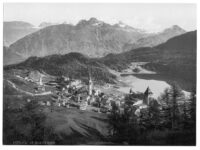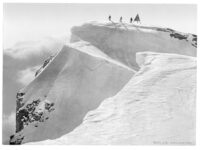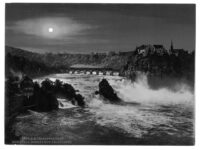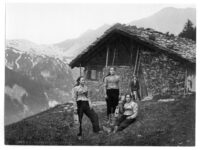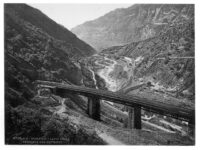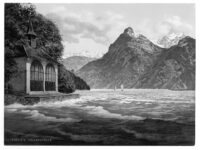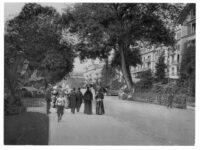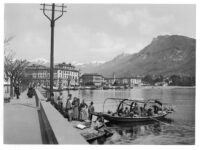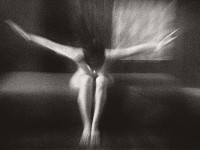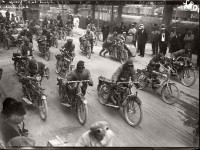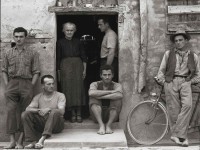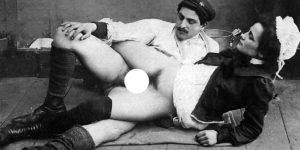Vintage: Historic B&W photos of Towns in Switzerland (1890s)
In 1798, the revolutionary French government invaded Switzerland and imposed a new unified constitution. This centralised the government of the country, effectively abolishing the cantons: moreover, Mülhausen joined France and the Valtellina valley became part of the Cisalpine Republic, separating from Switzerland. The new regime, known as the Helvetic Republic, was highly unpopular. An invading foreign army had imposed and…

